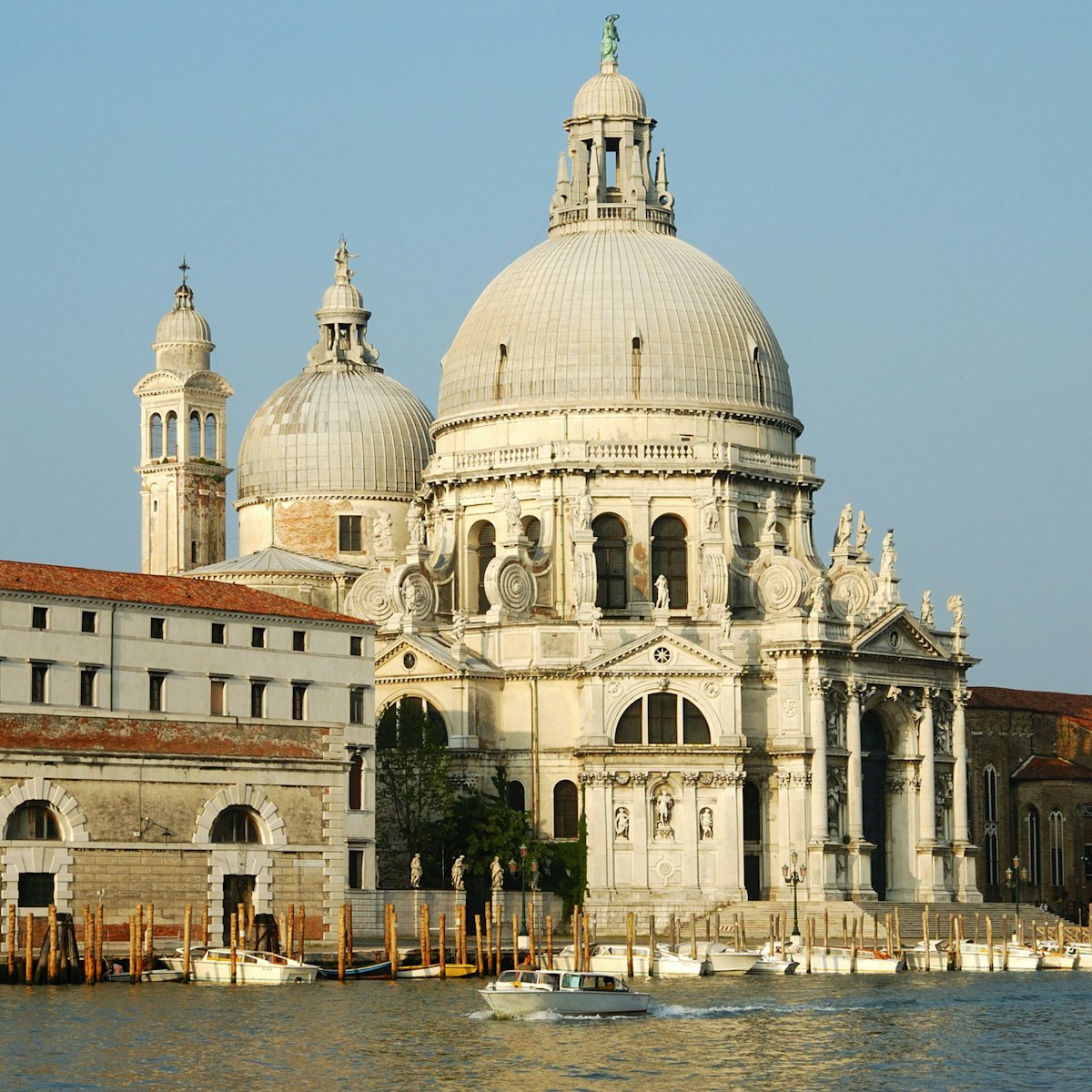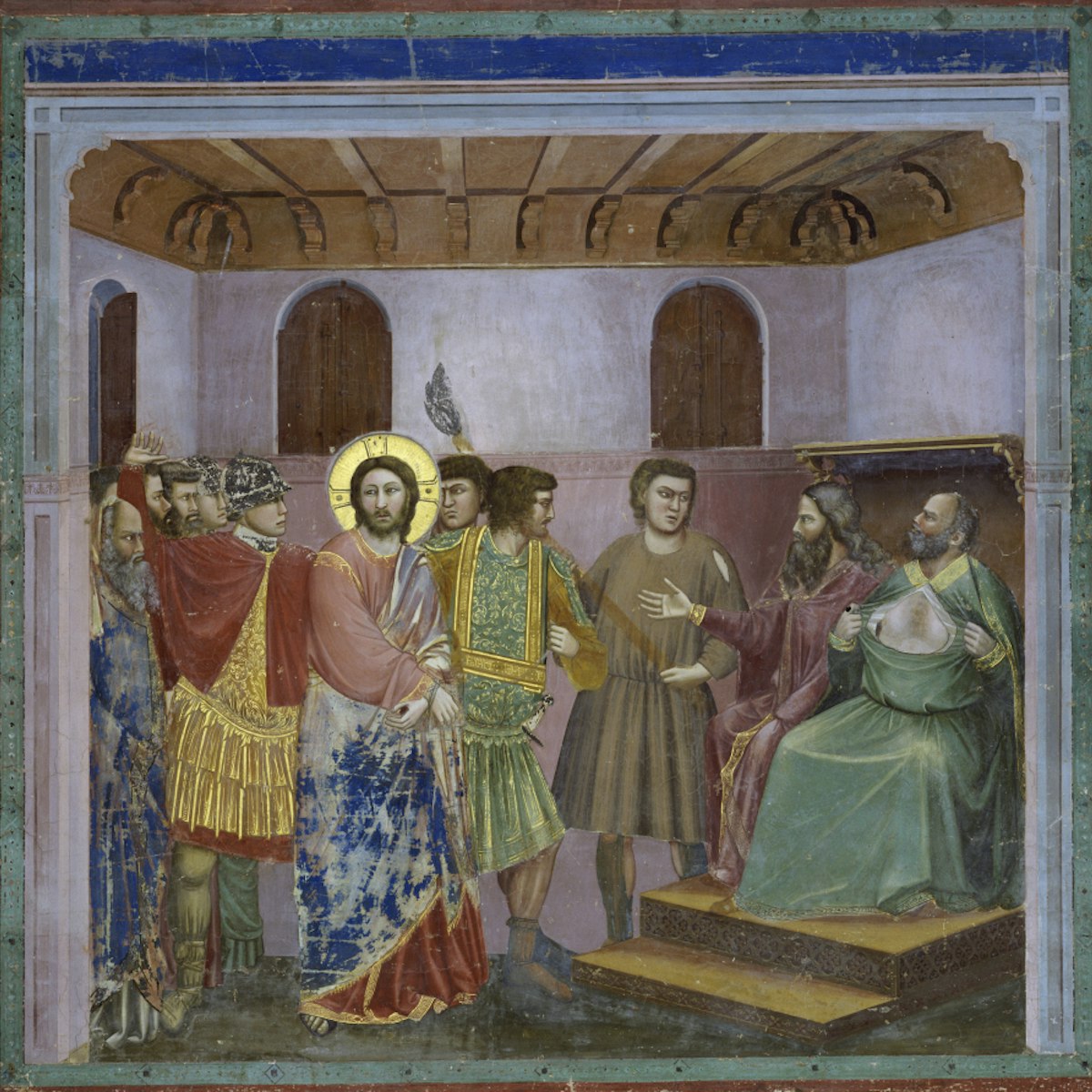Greek Orthodox refugees who fled to Venice from Turkey with the rise of the Ottoman Empire built this church in the 16th century, using taxes collected on incoming Greek ships. While the exterior is classically Venetian, the interior is Orthodox in style: the aisle-less nave is surrounded by wooden stalls and there’s a matroneo (women’s gallery). All eyes, however, are drawn to the golden iconostasis with its 46 icons, most of which were fashioned by 16th-century Cretan artist Michael Danaskinàs.
More fascinating icons can be found in the Museo delle Icone, housed in the community’s neighbouring 17th-century scuola (confraternity house), which was designed by Baldassare Longhena. Permission for a Greek confraternity was granted in the late 15th century in acknowledgement of the contribution Greek scholars made to Venice’s lucrative printing trade, thus elevating the city to an important seat of Renaissance learning.
The separate, slender bell tower was added in 1582–92 by Simone Sorella. It began to lean right from the start and these days seems poised to dive into the canal at any moment.







